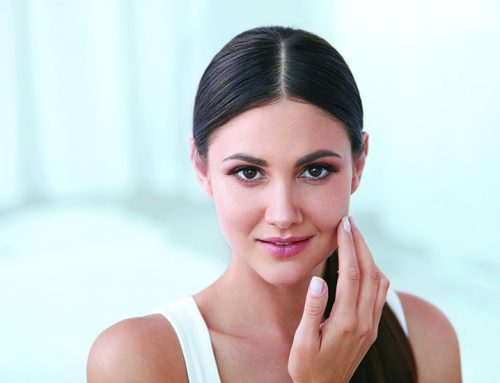Love the outdoors and want to get your daily dose of vitamin D? Before you do so, slather on sunscreen and protect your skin all year long.
Why wear sunscreen?
While it is beneficial for your skin to get vitamin D from small amounts of ultraviolet (UV) rays, your skin still needs a shield from the harmful UV rays (both UVA and UVB) of the sun which contribute to skin damage and development of skin cancer. UVA rays can accelerate ageing of skin while ultraviolet B (UVB) rays tend to damage the protective outer layer of the skin and is the primary cause of sunburns.
According to National Cancer Centre Singapore, skin cancer ranks 6th in male cancers and 7th in female cancers in Singapore. Basal cell carcinoma (BCC) is the most common skin cancer and is most common in sunexposed areas.
Sunscreen can penetrate the skin and absorb UVA rays before they reach and damage your dermal layer. Wearing sunscreen regularly can help to prevent your skin from premature ageing and facial spots. A study has shown that there was 24% less skin ageing in the group of people wearing sunscreen daily, compared to the group who used sunscreen at their own discretion.
Does SPF rating really matter?
All sunscreens have an SPF rating – Sun Protection Factor, or actually sunburn protection factor. SPF is the ability of a sunscreen to block out UVB rays which cause sunburns and weaken your skin, increasing the risk of skin cancer.
While no sunscreen can block out 100 percent of the sun’s rays, a sunscreen with higher SPF should offer more UBV protection by blocking out a higher percent of UVB rays. For example, a sunscreen with SPF 15 will block out 93% of UVB rays* while one with SPF 30 will block out about 97% of UVB rays*. The American Academy of Dermatology recommends a sunscreen of minimum SPF 30 or higher for stronger sun protection. You can also look for sunscreens with additional UVA-blocking ingredients, such as zinc oxide and titanium dioxide.
To ensure your skin absorbs the full effectiveness of your sunscreen product, apply sunscreen liberally. About 1 teaspoon and 5 to 6 teaspoons of sunscreen are recommended to cover the face and entire body respectively.
What is “PA” in sunscreen?
The PA ranking refers to the amount of UVA protection a sunscreen provides. The more plus symbols there are (e.g. PA+, PA++, PA+++), the more protection provided from UVA rays.
Chemical sunscreen or physical sunscreen?
Chemical sunscreens protect your skin by using chemical UV filters to absorb UVA or UVB rays, both of which contribute to premature skin ageing and skin cancers. UVA penetrates the skin more deeply than UVB and can cause long-term skin damage such as wrinkles. UVB can cause sunburns and reddening of the skin and can damage your skin all year round. Chemical sunscreens are effective against the sun 20 minutes after application and offer more coverage than physical sunscreens. Howeever, some users may have lower tolerance and may develop allergies on their skin due to the chemical filters include avobenzone, octinoxate, octisalate, octocrylene and oxybenzone.
Physical sunscreens protect your skin by using physical UV filters (titanium dioxide and zinc oxide) to block out UVB and UVA. The ingredients in physical sunscreens form a shield over the skin and reflect the rays from the surface of the skin. Physical sunscreens may be harder to apply due to their thick texture but is immediately effective against sun protection upon application.
Whether you use a chemical or physical sunscreen, be sure to apply sunscreen generously before you step outside into the sun and even on a cloudy days, as sun rays can penetrate clouds and cause damage as well.
*Data from American Academy of Dermatology
Read the full article in our Aug – Sep 2016 PRIME issue. In this issue of PRIME, catch the Special Feature on:
Know Your Cookware! > p24
Cast Iron: It Gets Better with Age > p26
Recipes: Cooking with Cast Iron > p29
Dirty Little Secrets: Lurking Hazards in Your Kitchen > p32









